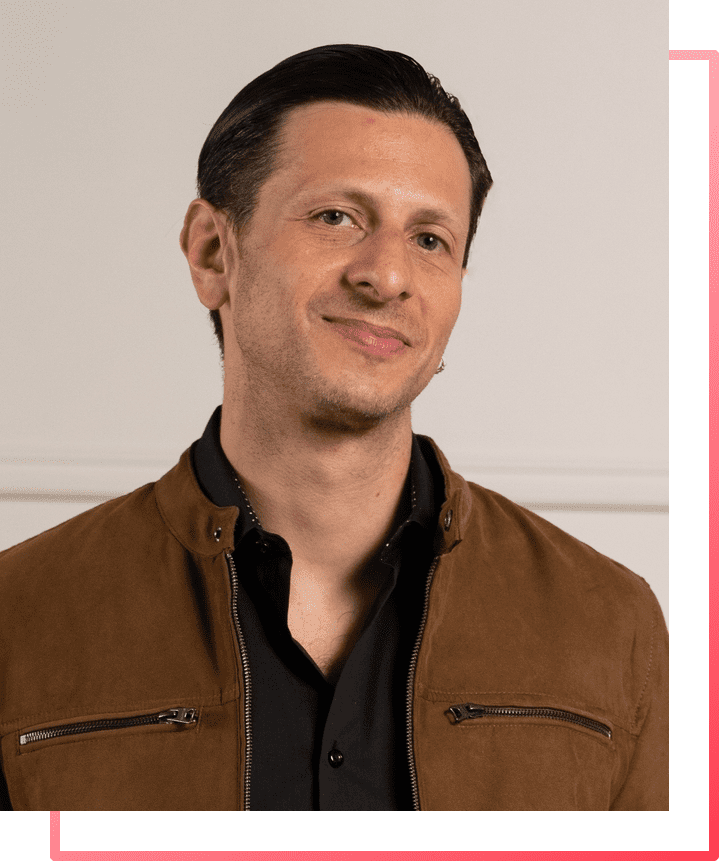A Mental Health Diagnosis is Unique.
Things Generalized Anxiety Disorder and PTSD are diagnosed differently than physical health issues.
There’s a notable and significant difference between a mental health diagnosis and a physical health diagnosis, and understanding this distinction is important because it shapes how we perceive and address these mental health issues.
In physical health, a diagnosis is often straightforward. There are clear symptoms that point to a specific physical issue. For instance, if you have a persistent cough, fever, and chest pain, these symptoms might indicate a lung infection. Doctors use these symptoms to track down the underlying cause, such as a bacterial infection, and provide a diagnosis like pneumonia. This diagnosis doesn’t name the symptoms specifically, it names the cause of the symptoms and also guides the treatment plan to address those symptoms.
Mental health diagnoses, on the other hand, work quite differently.
Conditions like generalized anxiety disorder (GAD) or post-traumatic stress disorder (PTSD) are diagnosed based on a list of symptoms.
These might include feelings of excessive worry, flashbacks, or insomnia.
Both of these conditions could be caused by the exact same root issue (unresolved emotional trauma), and the ONLY difference between the 2 is the list of symptoms that you are personally experiencing.
Unlike physical health, mental health diagnoses don’t pinpoint a specific cause. Instead, they simply describe the collection of symptoms without necessarily distinguishing any identifiable factors about what is causing them.
This can be a problem, because when people receive a mental health diagnosis like this, they often interpret it as an indication of a fixed, internal problem – something that’s inherently wrong with them.
They might think, “I have anxiety” or “I have PTSD,” and they believe that these conditions are permanent parts of who they are.
They resign themselves to that diagnosis, sometimes even wearing it as a badge of honor to simply explain away their defense mechanisms, rather than learning how to overcome them.
The reality is that mental health diagnoses are descriptive rather than explanatory. They name the symptoms you’re experiencing but don’t necessarily explain why you’re experiencing them. This can lead to a sense of hopelessness and a belief that recovery isn’t possible, causing people not to take action or full responsibility for the healing that COULD be taking place.
Now, receiving a diagnosis is sometimes important. It can be very helpful at the beginning of someone’s journey because it helps them understand that they’re not alone and that it’s not their fault. And it’s also important for navigating our healthcare system to be able to get some help.
But rather than seeing a diagnosis as a life sentence and as a description of some underlying problem, we should simply view it as a starting point. It’s a way of recognizing and validating the pain and struggles someone is experiencing, but it’s not the whole story. The symptoms they are experiencing are the results of ongoing defense mechanisms, unresolved pain, and the ways in which the mind has programmed itself to avoid pain over a lifetime’s worth of emotional avoidance.
If we can address these and build the strength and the muscles to change these patterns, the symptoms can dissipate, at which point the diagnosis stops being descriptive of that person’s life-experience, and it can be said to be (for all intents and purposes) cured.
This approach can be empowering. It shows people that the symptoms aren’t something ‘they have’, but are rather something they ‘are experiencing’. In that sense, they are temporary and changeable.
This is where true progress is made – not by accepting a diagnosis as a permanent label, but by understanding and working through the symptoms that we use to label it.
Tags: #PTSD, #generalized-anxiety-disorder, #clinical-depression, #mental-health-diagnosis.
Share This Post!

Benjy Sherer is a mental health coach and emotional fitness trainer specializing in anxiety and trauma healing. His approach is about bypassing the intellectual analysis of our past traumas and focusing instead on conquering the subconscious cycles that keep us stuck in fear and which prevent us from truly healing our pain.
Enjoying these posts? You’ll LOVE my book! Click below to check it out on Amazon. (Also available as Audiobook)

Keep Learning with Me!
Get mental health tips, wisdom and reflections sent directly to your email!





